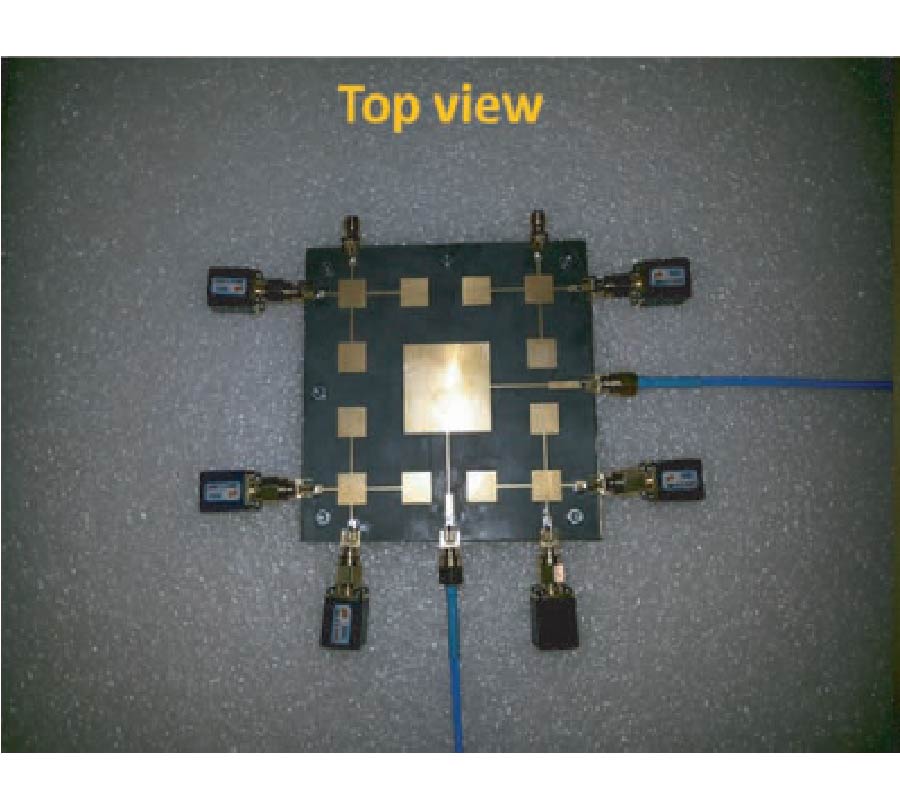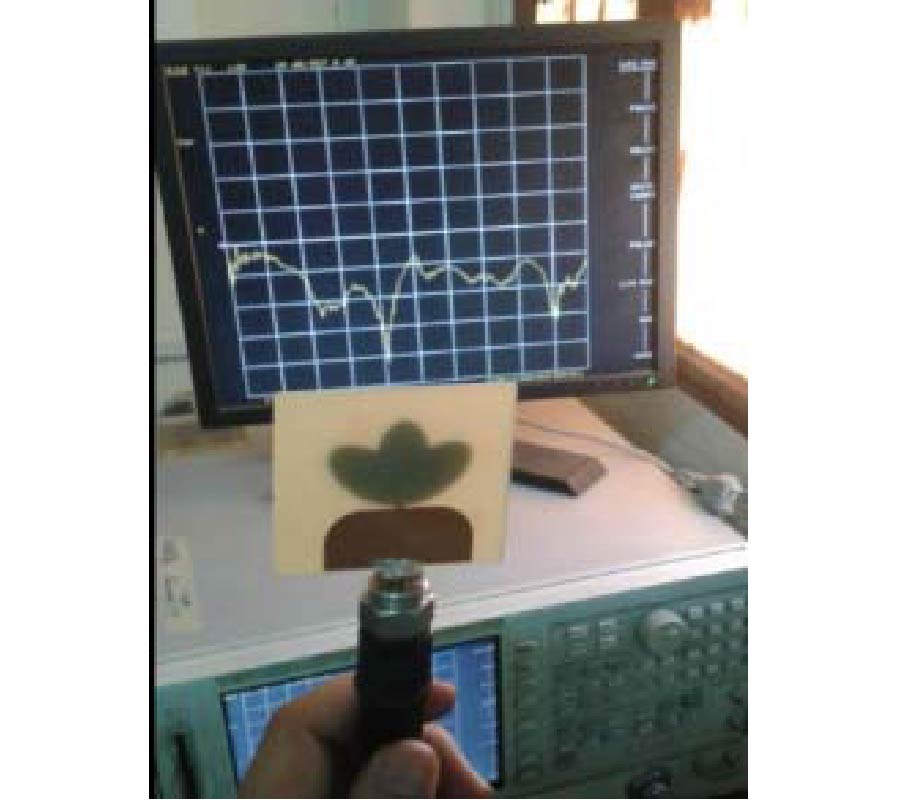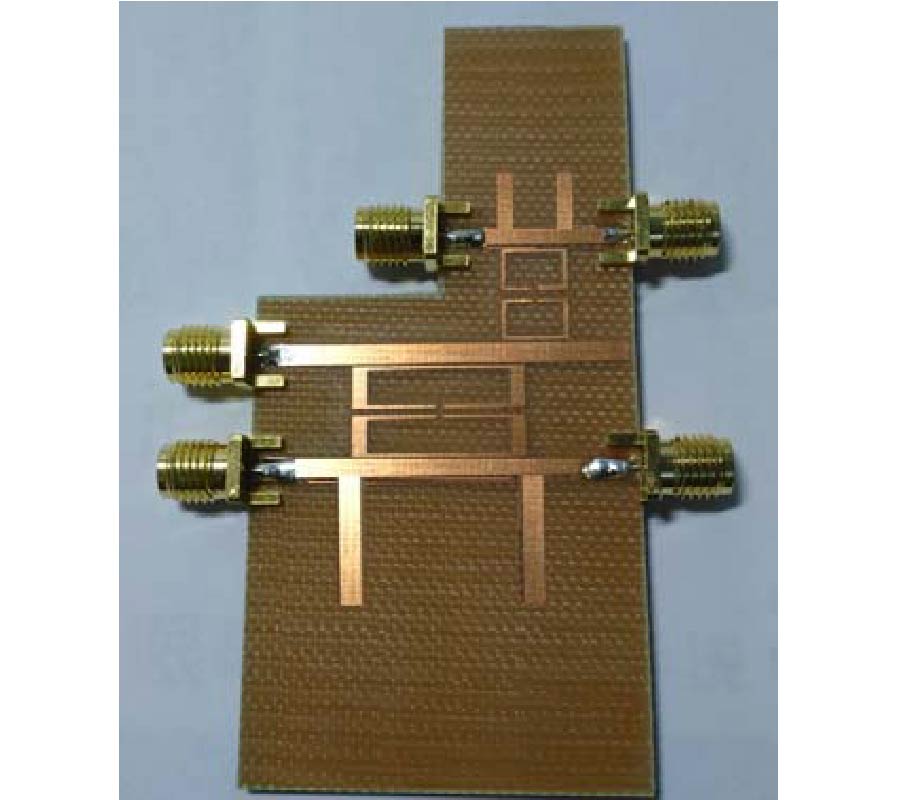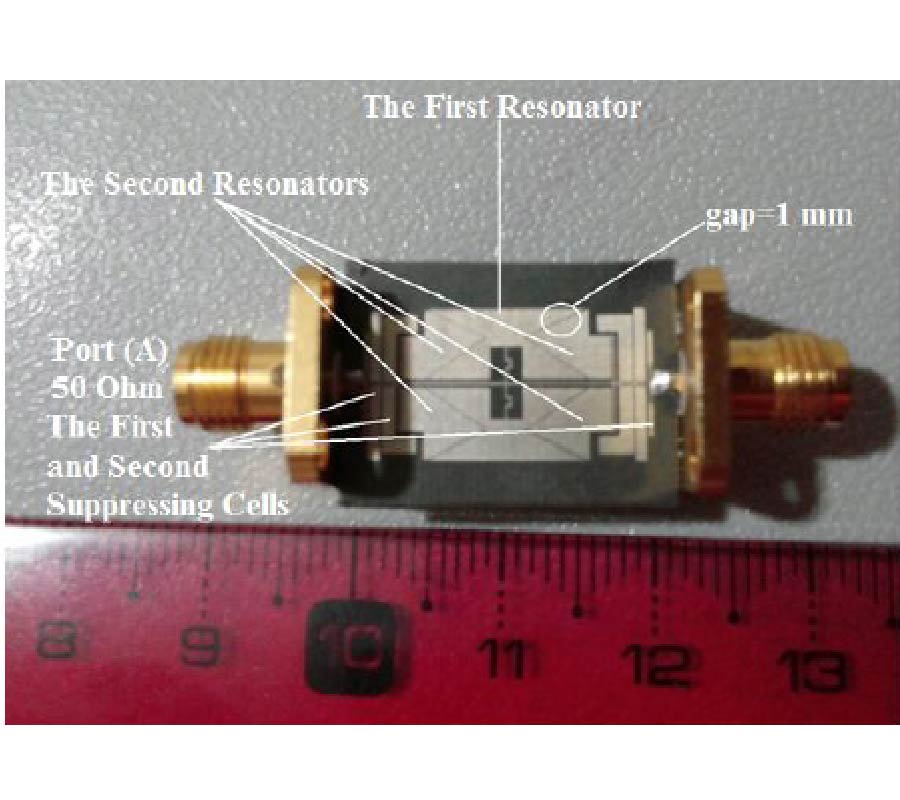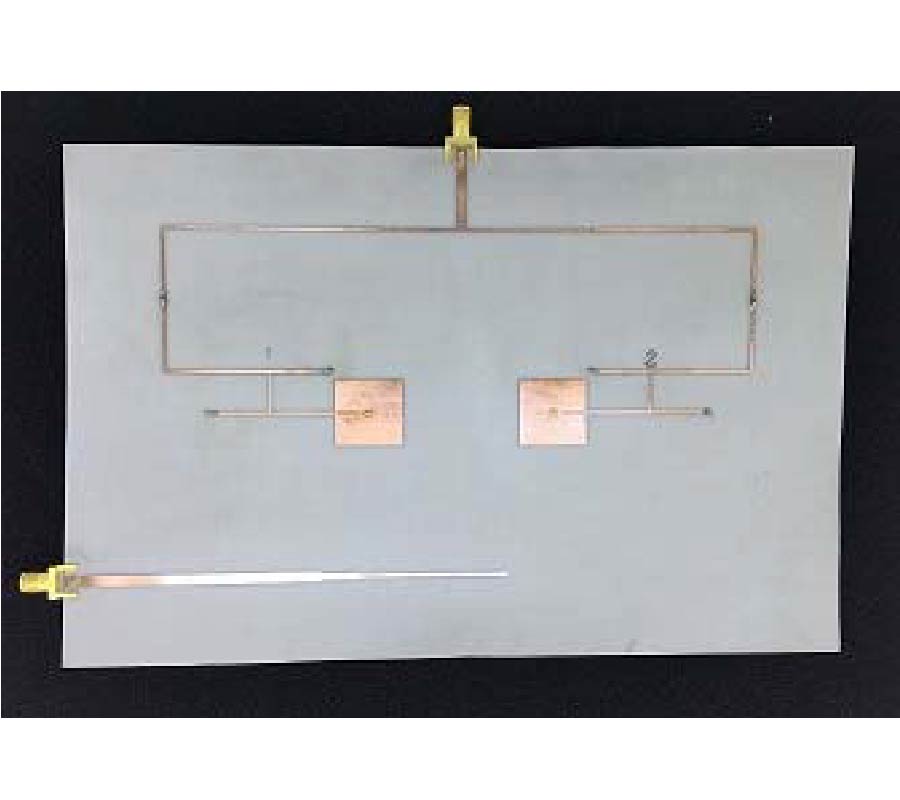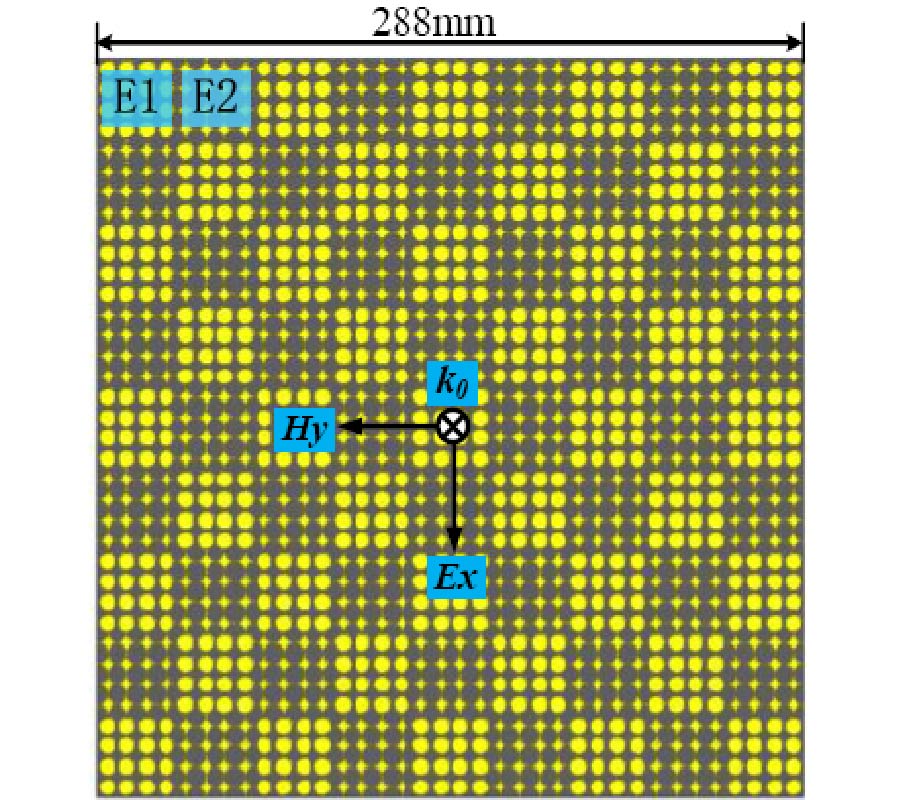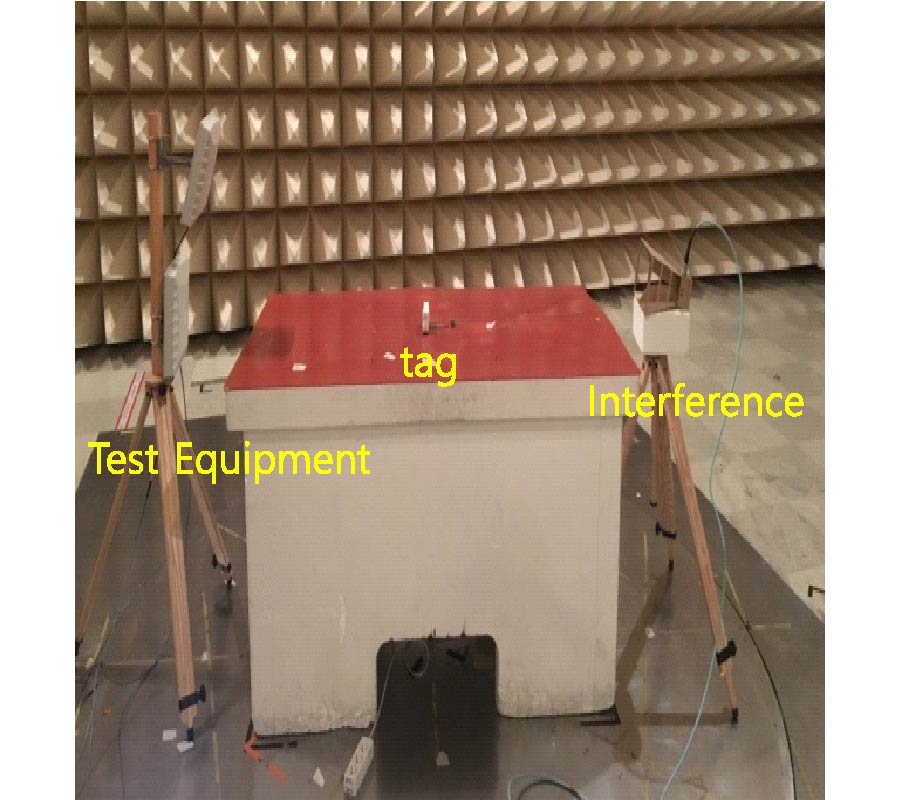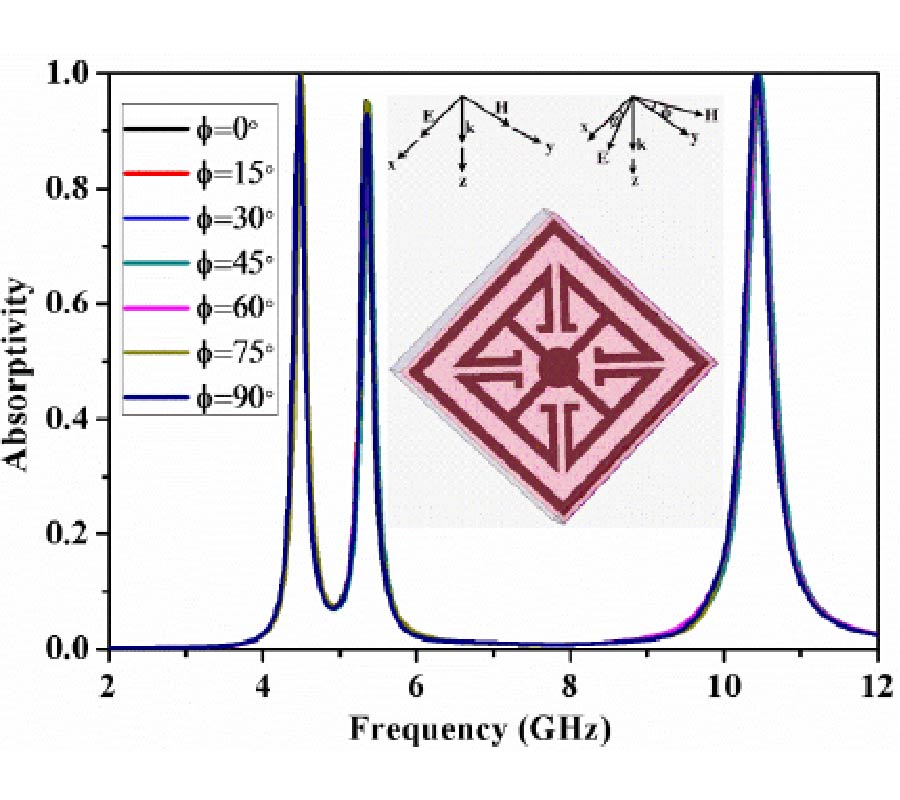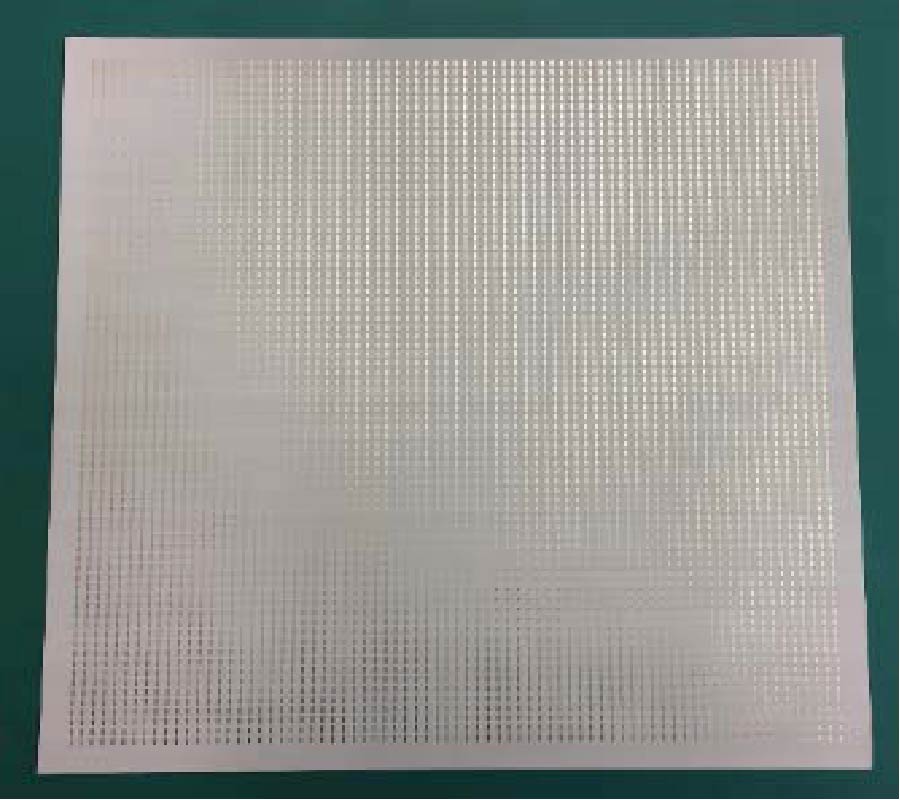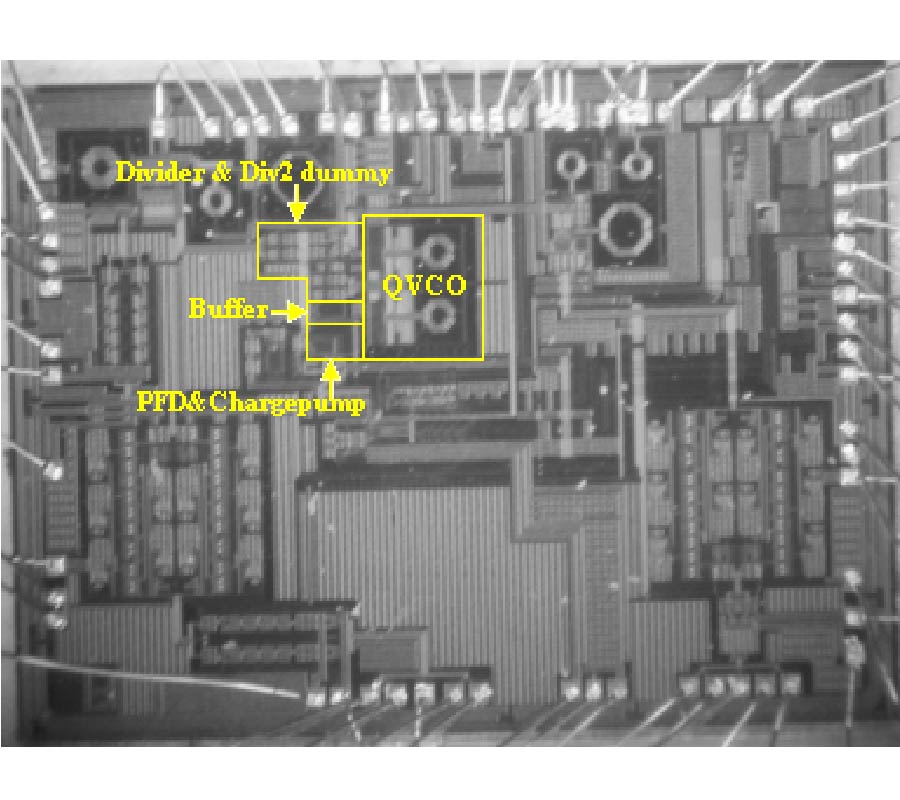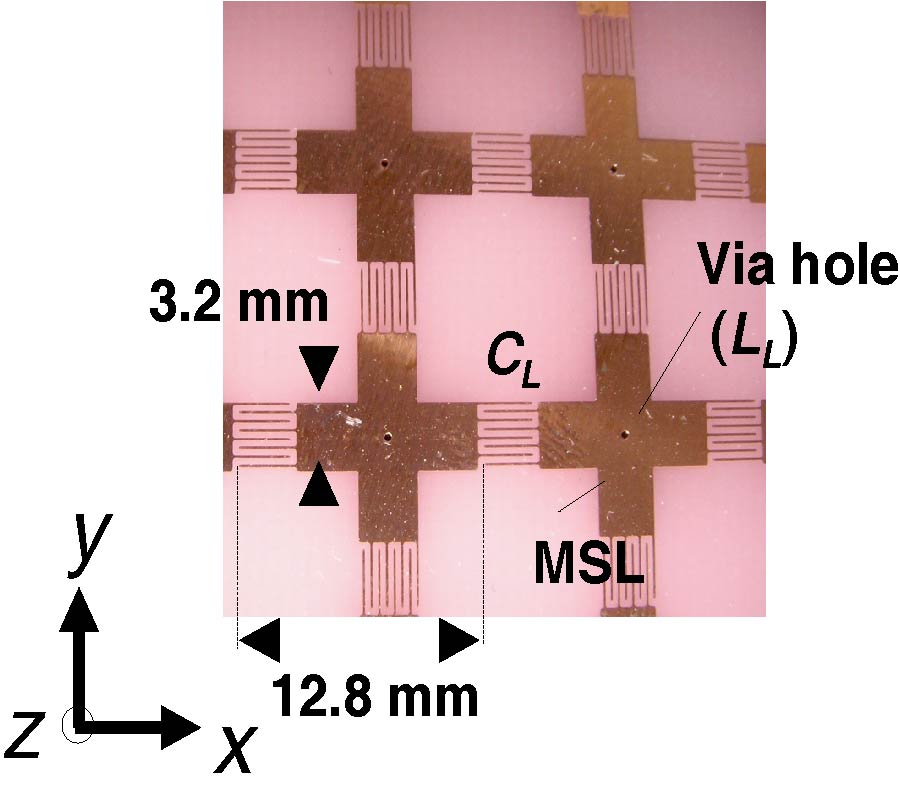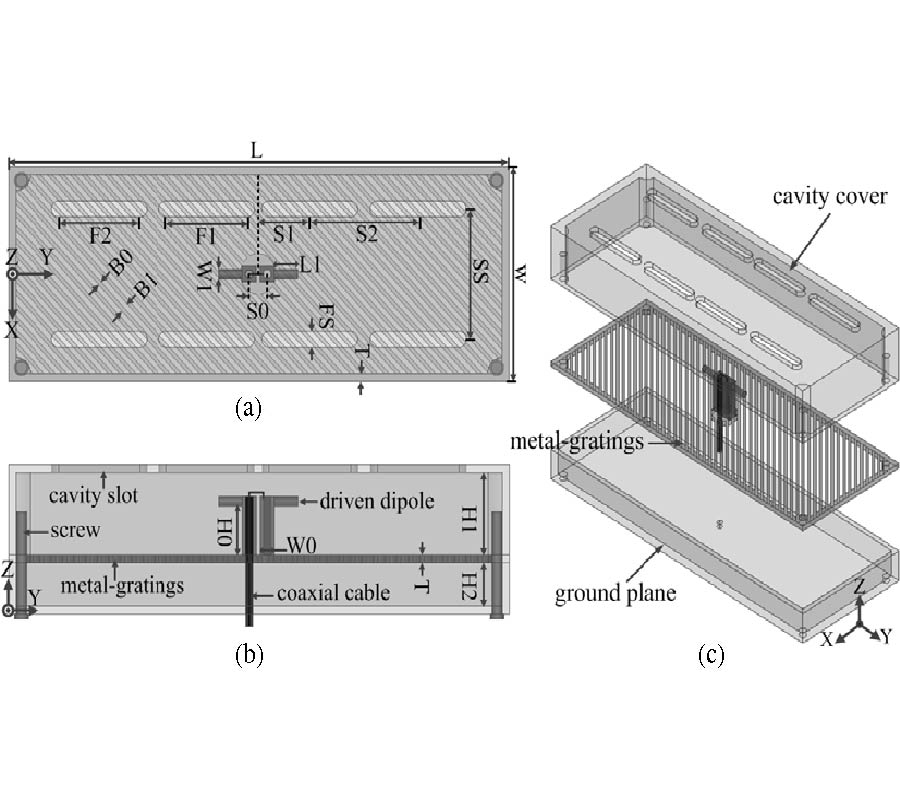Interference Analysis and Experimental Results of Passive UHF RFID Systems in Sub-1 GHz
Wireless Communications Systems
Ji-Hong Kim
,
Jong-Won Kwon
,
Jin-Yong Kim
,
Min-Gyo Jeong
,
Sang-Hyeon Bae
and
Wang-Sang Lee
As ultra high frequency (UHF) radio frequency identification (RFID) technology, a smart recognition technology, has been gradually spreading to various applications, and several sub-1 GHz wireless technologies are being standardized and developed. As such technologies operate at a specific frequency band (902-928 MHz industrial, scientific, and medical (ISM) bands), the impact of RF interference due to performance degradation of UHF RFID technology on the interference signal is emerging as a new obstacle. In this paper, we investigate the interference analysis and experimental results of passive UHF RFID systems in sub-1GHz wireless communications systems. By considering interference signal frequency and power, interference deployment, antenna polarization, RF system-level analysis, and experimental verification are conducted to evaluate the impact of performance degradation in the UHF RFID system on the interference signal.
